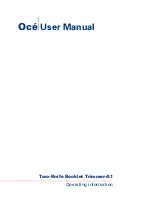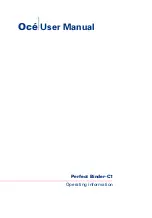
9
4.2.2 Dual-Level interface measurement
The high-frequency micro wave pulse travels along the steel rope or the connecting rod.
When it reaches the media surface, a part of the micro wave pulse will be reflected.
Another part will penetrate the media in the upper layer (L1), and the second reflection will
take place on the interface between the upper (L2) and lower (L1) interface layers. The
two periods of pulse running will be calculated by the PCB inside the instrument, which
also outputs two levels.
※
Measurement condition of dual-level interface:
Media on the upper layer (L2):
L2 must be non-conducting media. The dielectric constant of the media in L2 or the actual
distance towards the interface is known. The dielectric constant of the media in L2 must be
larger than 1.6. The media must be stable without change or mixture. Moreover, it must be
uniform. The minimum thickness of the media in L2 should be larger than 50mm
(1.97-inch), and L2 must be clearly separated from the lower layer (L1). In case of
emulsion phase or chipping layer, the maximum thickness should be 50mm (1.97-inch). It
should be without foam on the surface if possible, so it will get better measurement results.
Media on lower layer (L1):
The dielectric constant of L1 must be 10 larger than that of L2 at minimum, and the
conducting media is recommended. For example, if the dielectric constant of L2 is 2, the
dielectric constant of L1 should be 12 at least.
Gas layer (L3): It is the mixture of air or gas.
Output signal setting of dual-level interface measurement:
This instrument requires applying the setting in “level measurement”, which should be
applied in dual-level interface measurement. You may select dual-analog output version
and adjust the settings.
Summary of Contents for JTR
Page 32: ...32 9 3 Parameter table list...
Page 33: ...33...









































